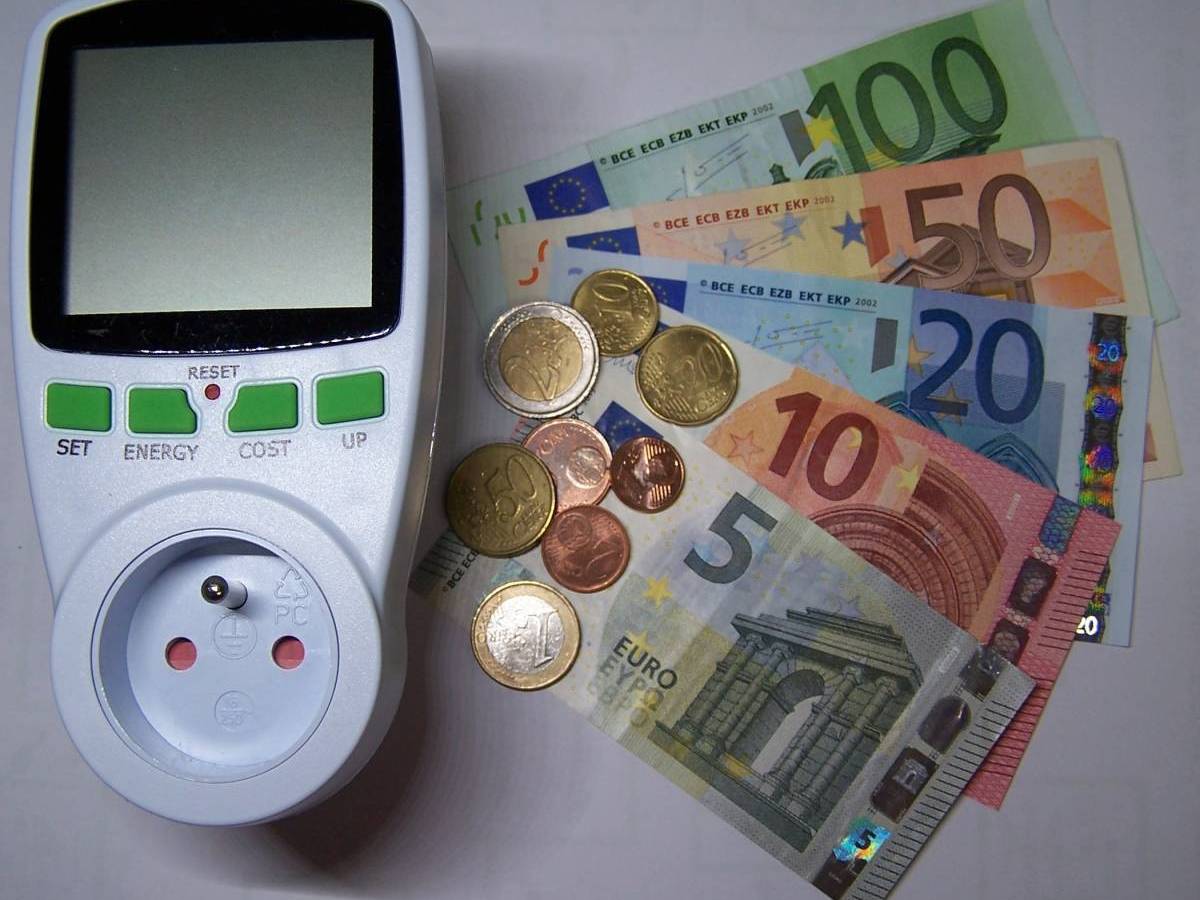The impact of expensive energy is likely to be very heavy on the recovery. And government intervention too weak to compensate for the losses. A picture that combined with the drop in consumption caused by the peak of infections can become an explosive mix for the economy. Confindustria in its flash analysis on the economic situation puts the numbers under the eyes of Palazzo Chigi and asks for effective interventions. At stake is a growth which thus risks turning out to be more fragile than expected. “With the current abnormal energy prices, eroded margins, the scarcity of commodities and the increase in infections, the risk is that the GDP will suffer a stop in the first quarter: at least -0.8% the impact of the cost- energy on the 2022 GDP ”, warns the Study Center. “The rise in the price of energy affects the Italian industry” while “high infections slow down the consumption of services”. The «ascent is at great risk. At the beginning of 2022 the clouds became more dense, thickening already at the end of 2021 on the rise of the Italian GDP, estimated to slow down in the fourth quarter ».
Black clouds above all over the industry: «The scenario for manufacturing began to worsen in December: orders are holding up hard. The unsustainable cost of gas (+ 723% in December compared to the pre-crisis) and electricity in Italy, adding to the other increases, is causing temporary closures of companies in the energy-intensive sectors ». For this reason “the impact on industrial production in Italy will be recorded between December and January (after the average + 0.7% in October-November)”. However, consumption and services are also worrying, which are “down again” and are a “sign that the rise is slowing down”. After all, in tourism, the recovery up to November had been partial, with still -25% of travel by foreigners to Italy compared to 2019. But above all now «the new wave of infections is reducing the mobility of Italian families (-22% in January 2022). This could curb spending outside the home again ”, even in the absence of restrictions. With consumption that had not yet filled the gap of -3.6% compared to the pre-crisis period, with this slowdown “the recovery risks being interrupted”. And according to the Mestre CGIA, government interventions are not enough to offset the effects of the increases. The skyrocketing energy will have an impact on households of 5-6 billion euros, which are resources taken from the expenses for consumption and services. In the face of an increase in the cost of electricity and gas which reaches 89.7 billion by 2022, the coverage rate given by the aid allocated by the Draghi executive “slightly exceeds 6%”, calculates the CGIA.
Trade associations also protest in the face of interventions deemed too weak. In transport for Anav, the measures of the Sostegni decree launched on Friday “are short-term and certainly insufficient to support the bus and coach passenger transport industry, as well as local and commercial public transport. On the other hand, urgent interventions are needed to support the resumption of collective mobility of people and tourism ”. And it is precisely in tourism that the hotels bomb is likely to explode. After another winter season overwhelmed by the virus, the layoffs arrive: «They will be inevitable since we are closed for Covid and we do not have the possibility to access the Covid layoffs. The decision not to have extended the Covid Cig is serious and leaves great bitterness – reports Confindustria Alberghi – Many facilities currently closed due to lack of tourism have benefited from the Cig Covid until December 31st but from January the companies in crisis will have to solve this problem in another way. The striking thing is that the seriousness of the crisis that hoteliers are going through is not grasped. The hospitality companies do not have the possibility to anticipate anything after two years of suffering ».
–


